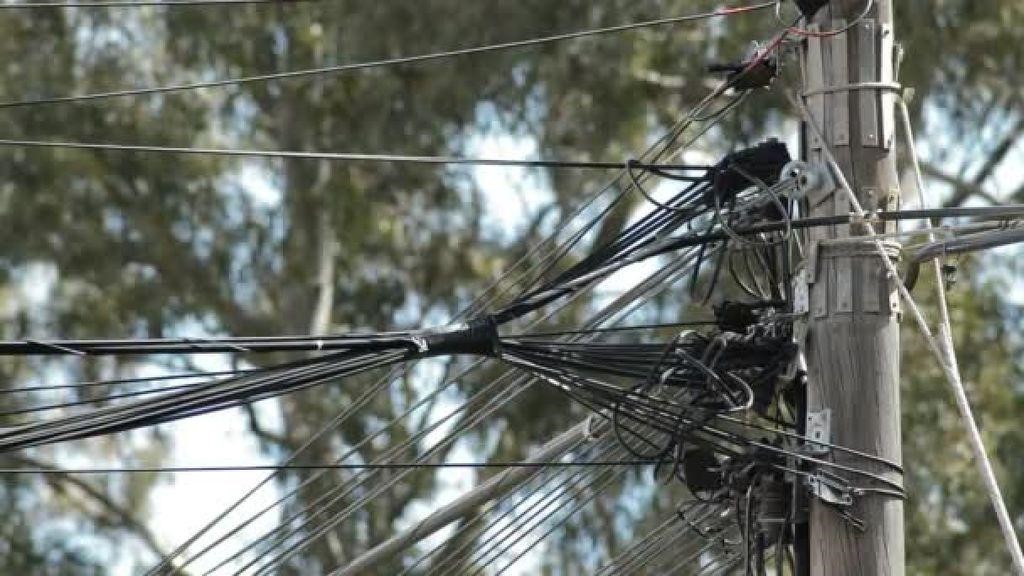What is halogen free cable?
Overall, halogen free cable is a great choice for those looking for a safe and eco-friendly option. These cables do not release harmful chemicals into the environment and are not a fire hazard. While they may be more expensive than traditional cables, they are worth the investment for peace of mind. Get this product only from reliable halogen free cable manufacturers to ensure efficiency.
What are the benefits of halogen free cable?
As the name suggests, halogen free cables do not contain any halogenated flame retardants. While this may not seem like a big deal, it actually has a number of benefits.
For one, halogen free cables are much safer in the event of a fire. Halogenated flame retardants release toxic fumes when they burn, which can be harmful to both people and the environment. Halogen free cables, on the other hand, simply burn without releasing any harmful chemicals.
In addition, halogen free cables are more durable and last longer than their halogenated counterparts. This is because the absence of halogenated flame retardants prevents the degradation of the cable’s insulation.
Overall, halogen free cables offer a number of advantages over traditional cables. They are safer, more durable, and longer lasting. If you are in the market for new cables, be sure to consider the benefits of halogen free options.
What are the drawbacks of halogen free cable?
As the world increasingly looks for ways to be more environmentally friendly, many industries are looking for ways to reduce their reliance on halogenated materials. One such industry is the cable industry, which is turning to halogen-free cable as a more environmentally friendly option.

However, there are some drawbacks to halogen-free cable that should be considered before making the switch.
One of the biggest drawbacks is that halogen-free cable is more expensive than traditional cable. This is because the materials used to make halogen-free cable are more expensive, and the manufacturing process is also more complex.
Another downside to halogen-free cable is that it is not as durable as traditional cable. This means that it is more likely to break or be damaged during installation or use.
Finally, halogen-free cable is not as widely available as traditional cable. This means that it can be difficult to find the right type of cable for your needs.
Despite these drawbacks, halogen-free cable is a more environmentally friendly option that is becoming more popular in the cable industry. If you are considering making the switch to halogen-free cable, be sure to weigh the pros and cons carefully to decide if it is the right choice.
How does halogen free cable compare to other types of cable?
As the name suggests, halogen-free cable does not contain any halogenated flame retardants. Most notably, it does not contain bromine or chlorine. While this may sound like a good thing, there are some trade-offs that need to be considered.
Halogen-free cable is more expensive to produce than traditional cable. This is because the manufacturing process is more complex and the materials used are more expensive.
Halogen-free cable is also less flexible than traditional cable. This can make it more difficult to work with in tight spaces.
Finally, halogen-free cable may not be as durable as traditional cable. This is because the materials used in its construction are not as strong.
Overall, halogen-free cable has some advantages and some disadvantages. It is more expensive and less flexible than traditional cable, but it is also more environmentally friendly.











